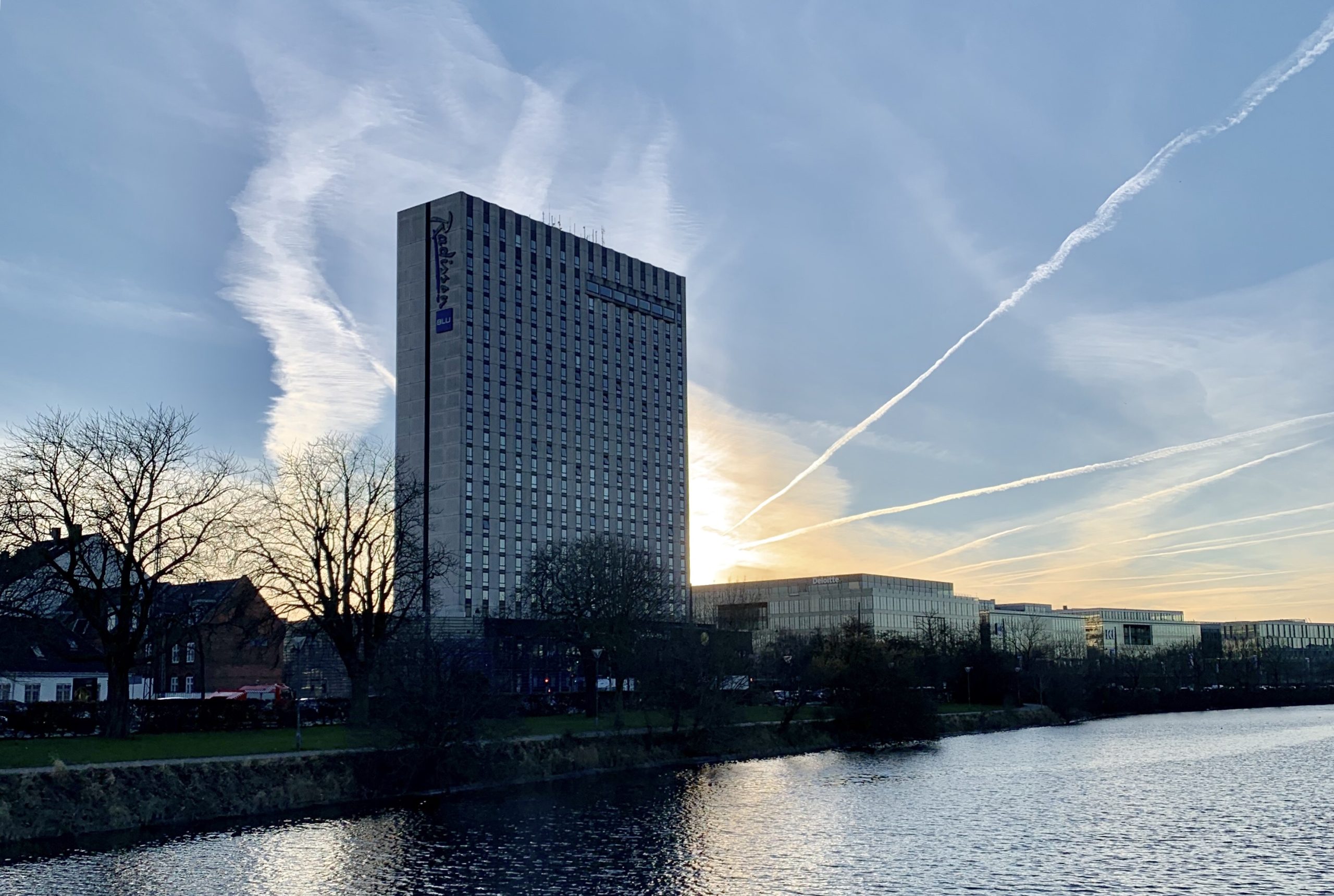Month: March 2019
-
IntraTeam 2019 in summary
PLEASE NOTE: I am currently adding extra links and presentations where I find them publicly available. This page may change over the next few days. After three days of workshops and conference at the IntraTeam Event 2019 at the Radisson Blu Scandinavia Hotel in Copenhagen, I was exhausted, unable to take any more information in,…
Written by
